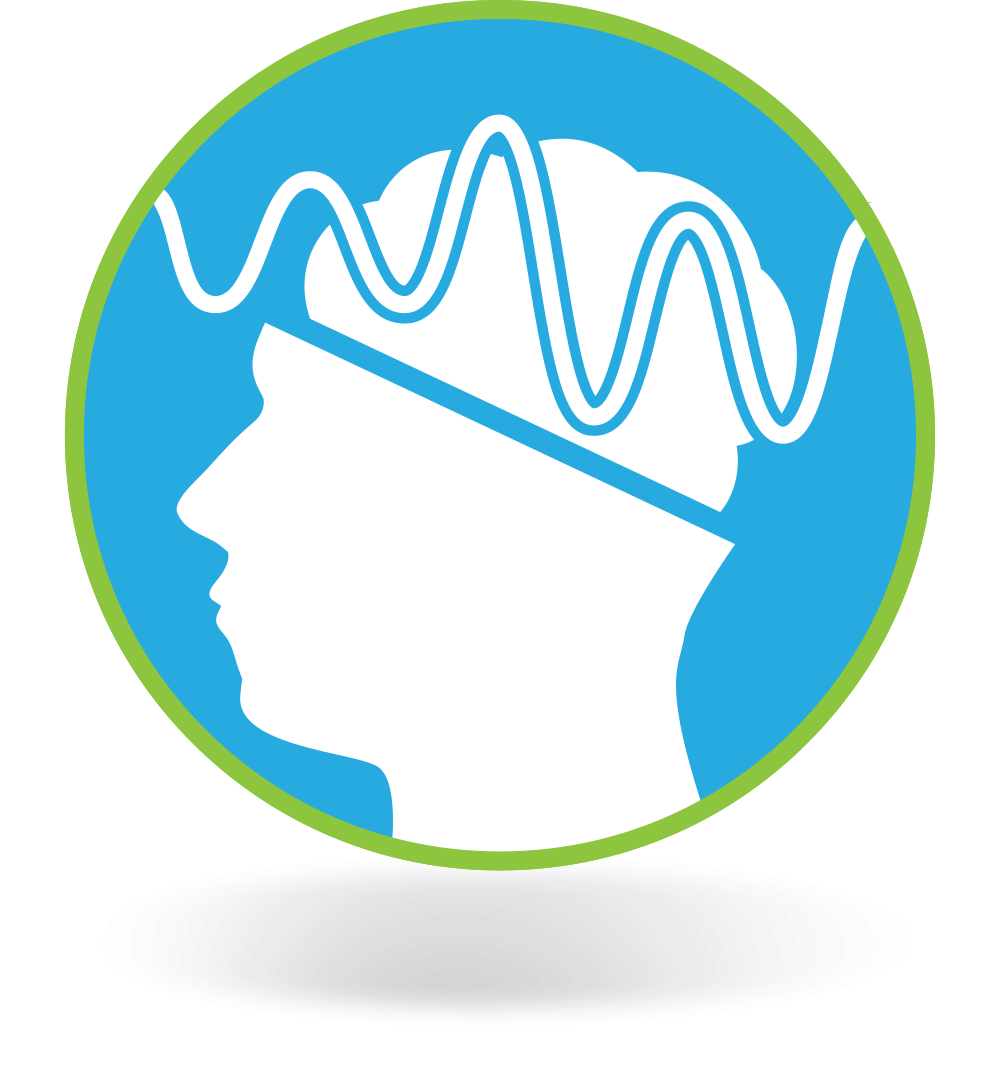Written By: Friedberg BL
Date Published: Wed, 2009-08-05
This Just In…
Propofol-Ketamine Technique – Happy Drugs for Happy Surgery
November 2002
Propofol-Ketamine Technique
Happy Drugs for Happy Surgery
In spite of critics who point to its club drug reputation and its relatively limited history as an operative anesthetic on human patients, Barry Friedberg, MD, is convinced that ketamine – known as Special K on the street – is the safest pain inhibitor for patients to receive during surgery.
How to Administer PK
1. For pre-emptive analgesia, give patient antihypertensive clonidine (Catapres) 0.2 mg and NSAID rofecoxib (Vioxx) 50 mg PO.
2. To reduce salivary secretions from ketamine, inject 0.2 mg glycopyrrolate (Robinul) before induction with propofol.
3. Obtain baseline EKG, pulse oximetry and BIS values.
4. Gradually introduce (no bolus dose) propofol 2-5 minutes prior to the procedure. Two reasons for the gradual administration: to preserve spontaneous ventilation and to provide a stable level of propofol in the brain before the ketamine is injected.
5. Once you’ve observed loss of both lid reflex and verbal response, administer 50 mg ketamine bolus and wait 2-3 minutes before injecting the local analgesic. Without the BIS monitor, administer ketamine after loss of both lid reflex and verbal response. With BIS, wait until a level of 70-75 before giving the ketamine.
“Think of propofol as the martini,” says Dr. Friedberg, “and ketamine as the olive.”
“Ketamine has a virtually spotless safety record when administered properly by clinicians,” says the 53-year-old Corona del Mar, Calif.-based anesthesiologist who pioneered the propofol-ketamine (PK) anesthesia technique for office-based cosmetic surgery. “We can’t say the same for opioids. Opioids depress the patient’s drive to breathe as well as the laryngeal or life-protecting reflexes. Not surprisingly, respiratory complications are the number-one cause of anesthetic mishaps in the office setting. Ketamine, on the other hand, supports the breathing drive and increases the life-preserving reflexes.”
Ketamine has been used clinically, primarily as a veterinary anesthetic, for 38 years, says Dr. Friedberg, who began using the drug in 1992, because he was going to work in an outpatient facility that had recently experienced the ultimate bad outcome. An otherwise healthy 34-year-old woman died during a routine cosmetic breast procedure using IV sedation with opioids.
Ketamine has been popular in the club scene since the 1980s because of its PCP- and LSD-like hallucinogenic effects. Dr. Friedberg advocates its use in most outpatient surgeries, not just for cosmetic procedures. He says the rate of post operative nausea and vomiting with the generally high-PONV risk group of patients with whom he works is a mere 0.5 percent and the outcome has been consistently reproduced by other clinicians using the same combination of ketamine and propofol. Plus, he says, “you can’t have PONV after a patient has had a facelift or a tummy tuck.”
A little trip down ‘memory lane.’
This little piece caused some outrage when it came out.
In light of the recent uproar about Michael Jackson using propofol for sleep and recent reports about propofol becoming a drug of abuse in the anesthesia profession, I felt it was timely to reproduce this piece. -BLF
